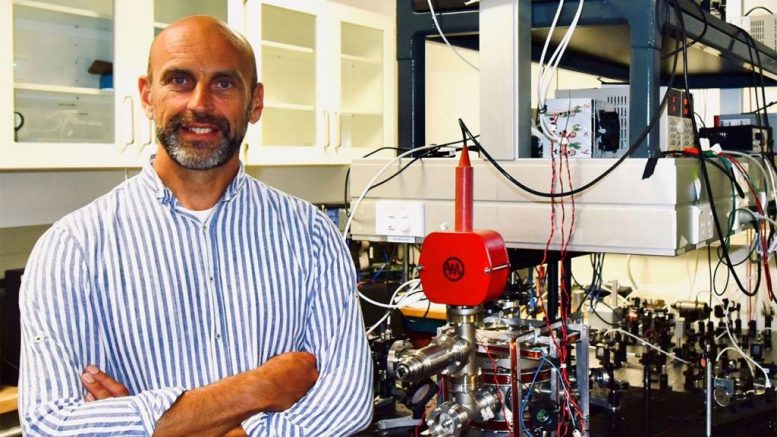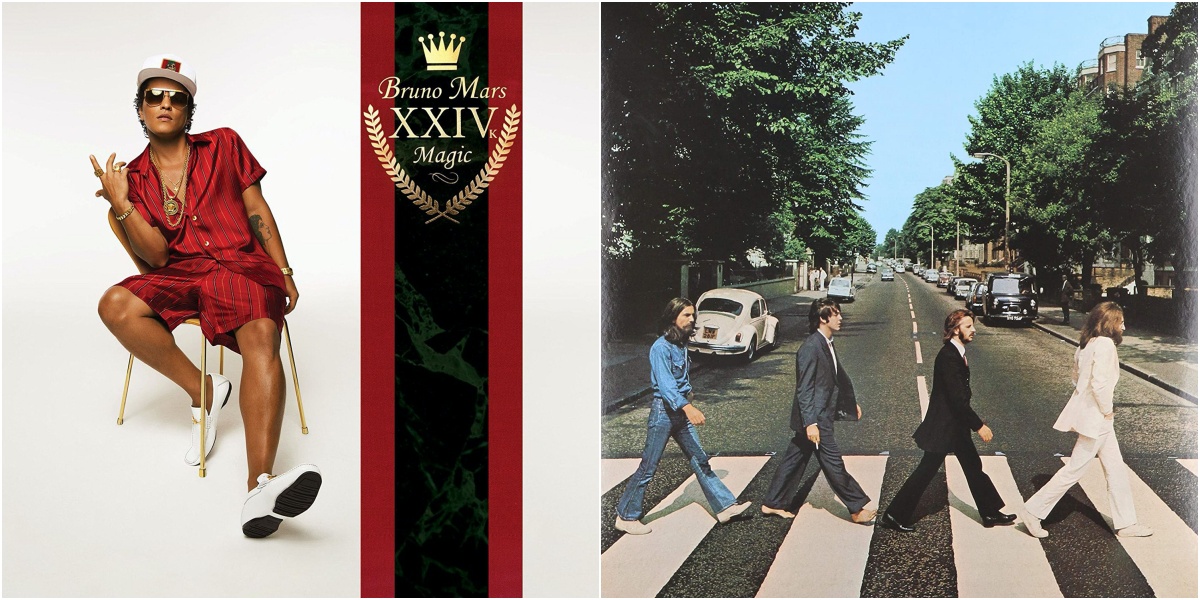Scientists have re-examined a 60-year-old idea by the American physicist PW Anderson and provided new insights into the quantum world.
Quantum physics explains how the building blocks of the world such as atoms or electrons are put together. Everything we see around us is made up of atoms and electrons so small that a billion adjacent atoms could fit into an inch.
Because of the behavior of atoms and electrons, scientists describe this behavior as waves. In research, scientists looked at how waves can travel through a landscape with obstacles in random positions.
Anderson first developed this idea to describe electrons in semiconductors. His findings made a major contribution to the development of computer chips and electronics.
“His work describes a common phenomenon that occurs with all types of waves, be it light waves, ocean waves, sound waves or quantum mechanical waves,” says lead researcher Maarten Hoogerland of the University of Auckland.

Dr. Maarten Hoogerland. Photo credit: University of Auckland
Waves, in contrast to particles that move in straight lines, can bypass obstacles. However, if there are enough random obstacles, the waves will not be able to get through as they will interfere with each other and cancel themselves out.
At the university’s Quantum Information Lab, researchers went a step further and added an ultra-cold atom experiment with the mix. With the help of high-tech lasers, they manipulated these ultra-cold atoms until they were so cold that their wave behavior was visible to the eye.
“We’re talking a billionth of a degree above that Absolute zero (-273.15 degrees C), so that’s pretty cold. We made bespoke patterns of obstacles to stop the waves and if we take a picture we can find out where those atoms are, ”says Dr. Hoogerland.
“This way we can see exactly what it takes for our quantum mechanical waves to reflect off obstacles and why the waves are not penetrating.”
Working with researchers from the University of Otago, the research team, via the Dodd Walls Center for Photonics and Quantum Technologies, was able to compare the results of the experiments with theoretical predictions, thus gaining new knowledge that could be used to create and test “designer materials” with custom ones Characteristics.
Reference: “Observing the Two-Dimensional Anderson Localization of Ultracold Atoms” by Donald H. White, Thomas A. Haase, Dylan J. Brown, Maarten D. Hoogerland, Mojdeh S. Najafabadi, John L. Helm, Christopher Gies, Daniel Schumayer and David AW Hutchinson, October 2nd, 2020 Communication with nature.
DOI: 10.1038 / s41467-020-18652-w



